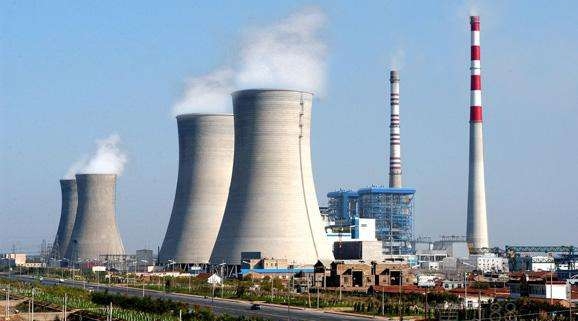The traditional dioxin treatment method is called PAC method. The core of PAC method is to control the combustion temperature of garbage in the furnace above 850 C, the residence time of flue gas over 2S and the concentration of oxygen over 6%. Activated carbon has a large specific surface area, so long as a certain amount of activated carbon is injected into the tail gas, it can mix with the flue gas evenly. Under the premise of sufficient time, high efficiency of adsorption and purification can be achieved, and the adsorbed particles can be removed by the bag harvester. Many large modern garbage power plants in the world adopt this method.
Traditional methods require expensive activated carbon and injection devices, and consume activated carbon every day. Remedia process is a new technology to solve dioxin control in waste incineration by using catalytic filter bags. In the waste incineration power generation industry, the problems of reliability and service life in flue gas purification of waste gas treatment have been successfully solved. MIT tests of folds in filter bags have exceeded 1 million patented Superflex TM technologies and have been successfully applied in garbage power plants around the world. Remedia technology is another new contribution to garbage power generation industry after Superflex TM technology. Compared with the traditional PAC method, this method has the following characteristics:
Gaseous dioxins are thoroughly decomposed, not adsorbed on the surface of solid particles and still exist only through transfer.
The system does not need a chemical (activated carbon) feeding device.
The implementation of the new technology is very simple, and there is no need to reform the mechanical equipment.
It reduces the potential of dioxin synthesis.
The system integrates the advantages of ePTFE membrane filter bag, such as dust capture, low filtration pressure, long mechanical life and strong corrosion resistance.
In fact, this system integrates the two technologies of “catalytic filtration” and “surface filtration”. The system consists of ePTFE film and catalytic substrate. The base cloth is a needle-punched structure. The fiber is composed of expanded PTFE composite catalyst. The coating decomposes dioxins into CO2, H_2/and HCI on the surface of catalytic medium.
The filter bag still has ePTFE film on its surface to trap submicron dust. This film is Gore Tex film, which can prevent any fine particles from penetrating through the cloth. In this way, the film on the surface acts as a barrier to any particles adsorbed by PCDD/F, and the gaseous PCDD/F passes through the film into the catalytic felt and is effectively decomposed.
Catalytic technology can control dioxins in waste incineration tail gas to ensure the realization of environmental protection standards. Remedia catalytic technology is a composite technology of “surface filtration” technology and “catalytic filtration” technology, which is used to decompose dioxins in MSW incineration. Compared with the traditional activated carbon adsorption technology, it destroys and decomposes gaseous dioxins rather than transfers them, saves activated carbon and its injection devices, and can fully meet European standards. It is suitable for dioxin control in dry acid removal process.



